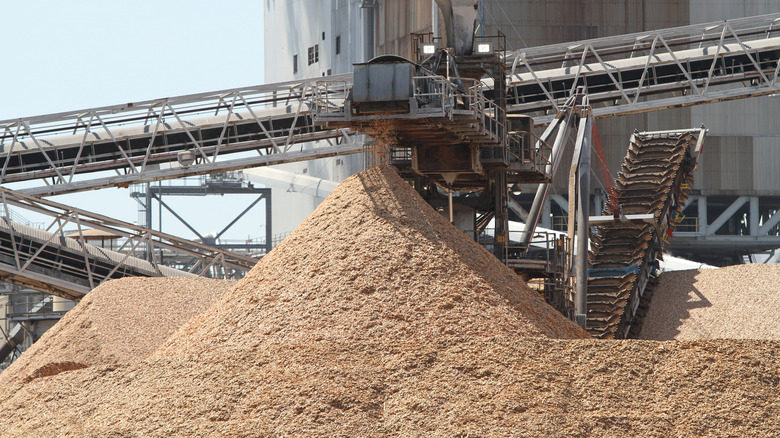The Common Additive You Didn't Know Was In Your Favorite Foods
Ardent health-conscious label readers are mindful of ingredients they don't want in their foods. While consumers try their best to purchase products after reading the ingredients list and the nutrition labels, there's a myriad of hard-to-spell and pronounce food additives that confuse buyers to the point where they ignore them entirely. However, a growing number of consumers are becoming more aware of the food additives in their favorite beverages, sweets, dairy products, and other processed foods.
Let's face it. Food additives and preservatives are the reason behind the increased shelf life of foods we love to eat. Without them, processed foods won't remain good or safe for consumers. But that doesn't mean we should turn a blind eye to all food additives and preservatives. After all, you may be eating some of the worst foods for your health that contain trans-fatty acids, artificial sweeteners, artificial dyes, high-fructose corn syrup, artificial flavoring, and more.
Even if you have done a lot of research on common food additives, one sneaky substance might have slipped under your radar. Don't feel bad about it because this food additive has some harmless-sounding names like "dietary fiber." Interestingly, there are some scary-sounding, unpronounceable food additives that are actually harmless to you. For instance, docosahexaenoic acid is a healthy form of omega-3 fatty acid. So, what is this food additive you didn't know was in your favorite foods — and is it safe to consume?
Yes, there's wood pulp in your favorite food products
In recent years, wood pulp (aka cellulose) has become a commonly used food additive that also ticks all the boxes to make sensational headlines because who wouldn't want to know more (and feel infuriated) when the headline reads "your food has wood pulp in it!" The truth of the matter is that cellulose is perfectly safe to eat. Cellulose is an insoluble, non-digestible fiber found in vegetables, fruits, and other plants. Pay attention to the word "non-digestible" because humans cannot digest cellulose, and it works as dietary fiber for us and helps support regular bowel movements (via Healthline).
This natural additive comes in the form of powdered cellulose, microcrystalline cellulose, cellulose gum, etc. It is used in different food products, from pancake mixes and sandwiches to ice cream and frozen breakfast meals. But why does cellulose receive criticism if it is a safe food additive? Well, cellulose has been in demand for some years because it's cheaper and food producers can save about 30% or more in ingredient costs by using cellulose as a filler (per TheStreet). This issue was further highlighted when the company behind Castle Cheese was given a $500,000 fine for mislabeling because they had added cheap fillers cellulose and cheddar to their "Parmesan" cheese, per Eater.
While cellulose is safe to eat, you can minimize its consumption by swapping out processed foods for high-fiber foods like dried fruits, beans, whole grains, and broccoli.

